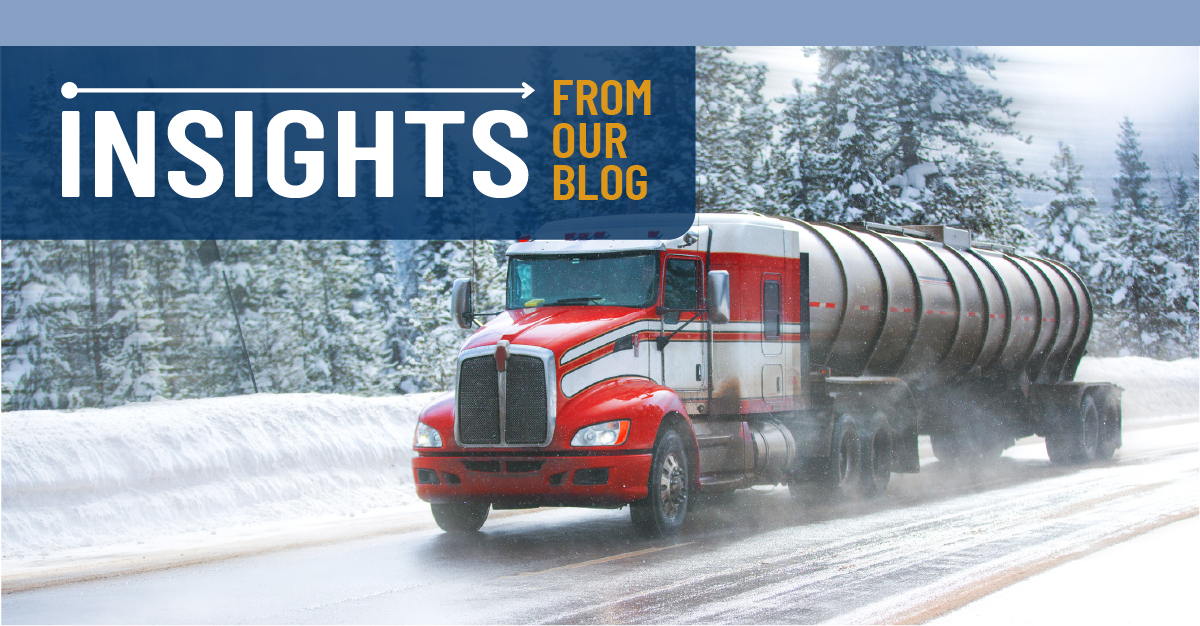How to Avoid Pattern Driving

Every truck driver has a pattern to the way he or she drives. These patterns, or habits, can be good or bad, or more precisely, safe or unsafe.
A driver who integrates safety into all of his or her driving decisions, regardless of the environment, has established a pattern of behavior that reduces the risk of a crash.
On the flipside, pattern driving refers to practicing unsafe behaviors, such as speeding and tailgating. Pattern driving also can occur when a driver gets too comfortable with his or her route or routines and lets his or her guard down.
This type of pattern driving is common when drivers run dedicated routes to the same customers day after day and become complacent. In this case, complacency becomes a distraction, and the driver loses focus of his or her surroundings and the potential hazards that could lead to a crash.
Read the list of driving patterns below and ask yourself if there are actions you can take to improve your driving skills.
UNSAFE DRIVING BEHAVIORS

DO ANY OF THE FOLLOWING driving PATTERNS APPLY TO YOU?
| Talking on the phone or texting while driving | Blocking the path of oncoming traffic |
| Tailgating | Gawking at passing crash scenes |
| Speeding | Daydreaming while driving |
| Making frequent lane changes | Making U-turns |
| Driving while ill or fatigued | Driving too fast for conditions |
| Driving under the influence of drugs or alcohol |
Not wearing a seatbelt |
SAFE DRIVING BEHAVIORS

AVOID COMPLACENCY
Each day, change your pre-trip inspection routine. If permitted, try new routes to dedicated customers.

AVOID DISTRACTIONS
Do not drive if taking any medication that can cause drowsiness. To reduce fatigue, get plenty of rest, stay hydrated, and avoid heavy meals. Wear sunglasses and use the visor to reduce sun glare.

OBSERVE PROPER SPEED FOR CONDITIONS
Reduce speed by at least 2-3 mph below the flow of traffic, not to exceed the posted speed limit. Before entering ramps, curves, and turns, reduce speed by at least 10-15 mph below the posted speed limit, or more based on conditions.
 REACT PROPERLY TO HAZARDS
REACT PROPERLY TO HAZARDS

MAINTAIN PROPER FOLLOWING DISTANCE
Keep a minimum of six seconds distance behind the vehicle in front, and add one second for each additional hazard, such as snow, freezing rain, sun glare, or black ice, as the hazard presents.
 MAINTAIN ONE LANE
MAINTAIN ONE LANE
Avoid making erratic or unnecessary lane changes. Stay in one lane as much as possible.
Note: These lists are not intended to be all-inclusive.
The information in this article is provided as a courtesy of Great West Casualty Company and is part of the Value-Driven® Company program. Value-Driven Company was created to help educate and inform insureds so they can make better decisions, build a culture that values safety, and manage risk more effectively. To see what additional resources Great West Casualty Company can provide for its insureds, please contact your safety representative, or click below to find an agent.
© Great West Casualty Company 2020. The material in this publication is the property of Great West Casualty Company unless otherwise noted and may not be reproduced without its written consent by any person other than a current insured of Great West Casualty Company for business purposes. Insured should attribute use as follows: “© Great West Casualty Company 2020. Used with permission by Great West Casualty Company.”
This material is intended to be a broad overview of the subject matter and is provided for informational purposes only. Great West Casualty Company does not provide legal advice to its insureds, nor does it advise insureds on employment-related issues. Therefore, the subject matter is not intended to serve as legal or employment advice for any issue(s) that may arise in the operations of its insureds. Legal advice should always be sought from the insured’s legal counsel. Great West Casualty Company shall have neither liability nor responsibility to any person or entity with respect to any loss, action, or inaction alleged to be caused directly or indirectly as a result of the information contained herein.




